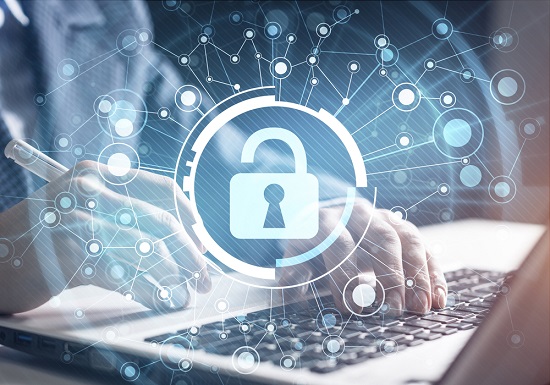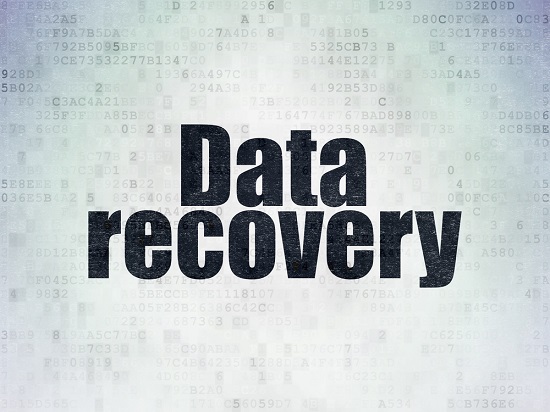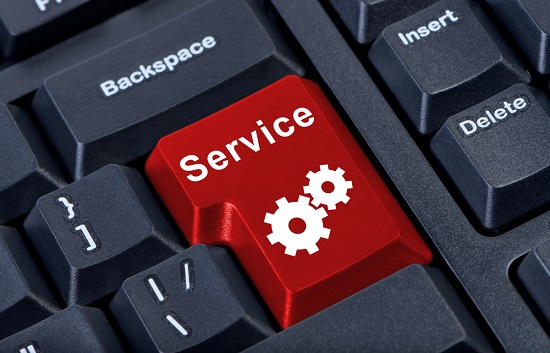There are three main reasons that all cyber professionals need to be proactive in managing cyber risk. They must comply with regulations, their frequency and their severity. What can we do to address this problem?
Accenture Insurance found that only 43% believed their company’s cyber defense was fully operational in a survey. Cyber risk can be a complex threat because technology is constantly evolving and there is no single solution. These strategies can be used in combination or individually to decrease cyber risk for an organization.
8 Best Practices to Manage Cyber Risk
1. Keep an eye on the risk environment
To determine the most likely impact on an organization, risk professionals must continuously monitor and examine potential risks. To get a complete understanding of the risk environment, it is important to quantify exposures and vulnerabilities.
There could be new cyber risk factors, such as a change in hacker strategies or a gap in the security systems. Or, an update technology that makes current systems obsolete.
Cyber risks can be managed in many different ways. Each one must be managed by risk teams.
- They will avoid the activity if they consider it too risky.
- Acceptance or understanding of it is necessary and the potential benefits outweigh any risks
- Implement mitigation strategies to decrease the severity or frequency of an occurrence.
- Cyber liability insurance is a new way to transfer, which is expected to become as popular as general insurance. These policies can cover liability claims, interruption and recovery costs, cyber theft, and other costs.
Every risk is unique and may require one or more of the following strategies. Industry knowledge and experience can help you choose the right strategy. SpartanTec, Inc. in Wilmington NC can assist you wit risk analysis for your company. Complete our form to activate your analysis.
2. Monitor data assets
Risk professionals need to identify and monitor the most important data assets in their system with the assistance of their team. Cyberattacks are more likely to target confidential information like trade secrets or credit card numbers. These items should be protected.
3. Make a plan for risk
 By brainstorming possible scenarios and determining the best course of action, the organization should develop continuity and response plans for cyber risks. Cyber issues and attacks can have a huge impact on an organization. Make sure you include multiple departments in your plan.
By brainstorming possible scenarios and determining the best course of action, the organization should develop continuity and response plans for cyber risks. Cyber issues and attacks can have a huge impact on an organization. Make sure you include multiple departments in your plan.
The plan should be discussed with all key stakeholders so that each employee knows their role and can quickly respond to any situation. A prompt and organized response is key to preventing a problem from spiraling out of control in times of crisis.
Once the cyber risk plan is created, it should be documented and communicated to employees. These procedures are useless if they aren’t implemented in a formal manner throughout the company. Cybersecurity and risk mitigation should be an integral part the culture and values of the organization.
4. Management support
The top management should be involved in risk management activities. This should not be difficult given the cyber risk. To communicate to their employees, they should follow the security practices established by the risk management team.
5. Get employees prepared
Cyber risk is not only the responsibility of IT or the risk department. It is important to not keep the risk management function isolated. All departments should be encouraged and supported to participate.
Employees should be educated and trained to take the best possible action in relation to cyber risk. The risk team should be active in raising awareness and promoting safety culture. Cyber risk protocols should be clearly defined. Many data breaches are caused by internal sources, such as an intentionally created vulnerability or malicious intent.
Social engineering is a common problem that employees face. It uses techniques such as phishing and other tricks to get people to reveal confidential information. You can find more information about social hacking, and how to prevent on Facebook page. These issues can be prevented by working with employees in cybersecurity.
6. Establish strong relationships with the outside
 An organization must have the right relationships with its response teams in case something goes wrong. In responding to a cyberattack or data breach, IT Professionals, lawyers, public relations, media and lawyers can be critical.
An organization must have the right relationships with its response teams in case something goes wrong. In responding to a cyberattack or data breach, IT Professionals, lawyers, public relations, media and lawyers can be critical.
Data sharing with outside parties is beneficial and necessary for most organizations. However, it does pose an additional risk. The risk team must ensure they do not rely too heavily on external parties.
Also, ensure you do your research on the privacy, security, technology standards, and other factors that could affect any data sharing with third parties before you share confidential information with them. You should obtain certifications, contracts, or other information. SpartanTec, Inc. of Wilmington NC is here to assist with this review.
Cloud-based storage solutions are generally more secure than traditional storage systems. (Read: Cloud Storage Is Much More Secure Than You Think by Forbes). However, it is important to be careful when managing risk.
7. Security protocols must be enforced
All devices should have end-to-end encryption. Establish and enforce password policies throughout the company with a minimum level of security and a regular change frequency. Ensure that employees who work remotely use encrypted and password-protected devices.
To ensure that the system is secure, authentication and user roles are used. If they do, data changes will be monitored. To ensure systems are secure from outside attacks, certifications and server protections can be obtained.
Make sure that data is regularly backed-up and that any off-site backups are current and complete. This will help ensure valuable data is not lost in the event of a cyberattack.
Consolidate information and systems into one place whenever possible. Information that is scattered over multiple places will make it difficult to monitor and protect. The IT team can reduce cyber risk by simplifying the system. This will allow them to spend more time on other tasks.
8. Be in tune with the technological environment
Technology is always changing and systems need to adapt. When implementing new technology, risk teams must consider the industry standards, competitors and internal requirements. Although large equipment cannot be replaced with every new version, it is important to keep them up-to-date and maintained. Hackers are attracted to weak systems that are old.
Cyber risk is a major threat in any industry, so it’s not surprising that business owners and professionals are worried about it. SpartanTec specializes in keeping data secure for small and medium size businesses, governments and healthcare organizations. Complete the form to the right and we will be in touch. Let us make 2022 a safe and secure year for your business.
SpartanTec, Inc.
Wilmington, NC 28412
(910) 218-9255
https://manageditserviceswilmington.com
Serving: Myrtle Beach, North Myrtle Beach, Columbia, Wilmington, Fayetteville, Florence, Charleston



 What is Threat Protection?
What is Threat Protection?


 Cloud services
Cloud services
